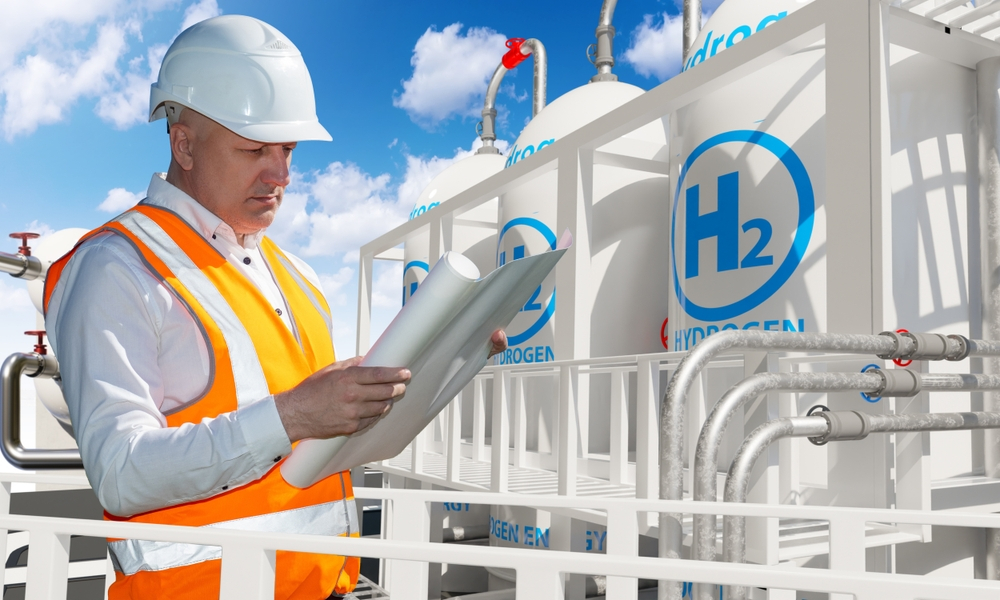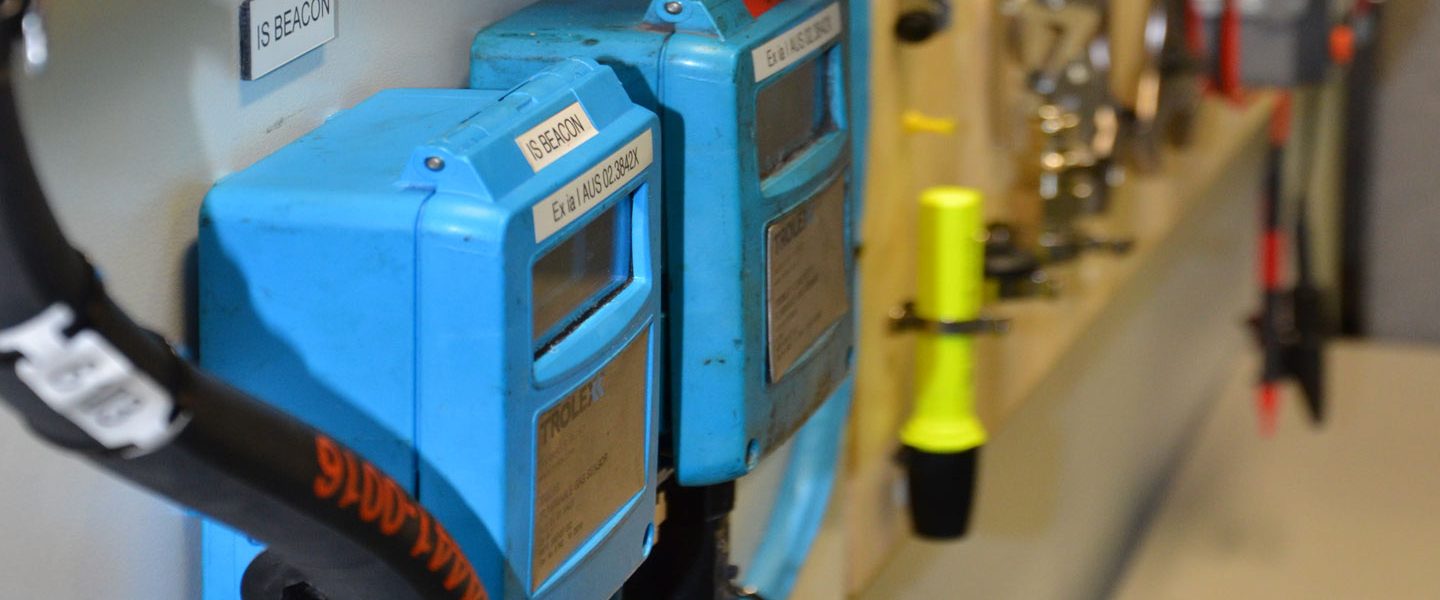Not known Facts About Roar Solutions
Not known Facts About Roar Solutions
Blog Article
The Roar Solutions PDFs
Table of ContentsRoar Solutions Fundamentals ExplainedRoar Solutions - An OverviewThe smart Trick of Roar Solutions That Nobody is Discussing
In such an ambience a fire or explosion is possible when 3 basic problems are fulfilled. This is often described as the "dangerous area" or "combustion" triangular. In order to protect installments from a potential surge a technique of analysing and identifying a possibly dangerous location is required. The objective of this is to make sure the appropriate selection and installation of equipment to inevitably stop an explosion and to make sure safety of life.
(https://lnk.pblc.app/pub/f49b043987c7b7)
No devices needs to be set up where the surface area temperature level of the tools is more than the ignition temperature level of the offered hazard. Below are some usual dirt hazardous and their minimum ignition temperature level. Coal Dirt 380C 225C Polythene 420C (thaws) Methyl Cellulose 420C 320C Starch 460C 435C Flour 490C 340C Sugar 490C 460C Grain Dirt 510C 300C Phenolic Material 530C > 450C Aluminium 590C > 450C PVC 700C > 450C Soot 810C 570C The chance of the threat being existing in a focus high adequate to trigger an ignition will differ from place to area.
In order to categorize this risk an installment is split into areas of risk relying on the quantity of time the unsafe exists. These areas are described as Zones. For gases and vapours and dirts and fibres there are three areas. Area 0 Zone 20 An unsafe atmosphere is highly most likely to be existing and may be existing for extended periods of time (> 1000 hours each year) or also continually Area 1 Zone 21 A hazardous environment is possible yet unlikely to be present for extended periods of time (> 10 450 C [842 F] A classification of T6 indicates the minimum ignition temperature level is > 85 C [185 F] Harmful area electrical devices possibly developed for usage in higher ambient temperature levels. This would certainly suggested on the rating plate e.g. EExe II C T3 Ta + 60C( This suggests at 60C ambient T3 will certainly not be surpassed) T1 T1, T2, T3, T4, T5, T6 T2 T2, T3, T4, T5, T6 T3 T3, T4, T5, T6 T4 T4, T5, T6 T5 T5, T6 T6 T6 A T Course score of T1 indicates the maximum surface area temperature level created by the tool at 40 C is 450 C. Assuming the connected T Class and Temperature level score for the tools are appropriate for the location, you can constantly utilize a tool with a more rigid Department rating than required for the location. There isn't a clear solution to this question however. It actually does depend on the sort of equipment and what fixings need to be performed. Devices with certain examination treatments that can't be carried out in the area in order to achieve/maintain 3rd party rating. Need to return to the factory if it is prior to the devices's solution. Area Repair Work By Authorised Employee: Complex testing might not be required nevertheless certain procedures may require to be followed in order for the tools to maintain its third party score. Authorized personnel must be employed to carry out the work properly Fixing must be a like for like replacement. New component need to be considered as a direct substitute needing no unique testing of the devices after the repair is complete. Each piece of equipment with a harmful ranking must be reviewed independently. These are outlined at a high degree listed below, but also for more in-depth details, please refer straight to the standards.
Not known Details About Roar Solutions
The devices register is a detailed database of devices records that consists of a minimum set of areas to identify each thing's location, technical specifications, Ex category, age, and ecological information. This info is essential for monitoring and taking care of the devices properly within dangerous areas. On the other hand, for routine or RBI tasting assessments, the quality will be a mix of Detailed and Close evaluations. The ratio of Thorough to Close inspections will certainly be identified by the Devices Danger, which is assessed based on ignition danger (the probability of a resource of ignition versus the chance of a flammable ambience )and the hazardous area category
( Zone 0, 1, or 2). This variation will certainly additionally affect the resourcing demands for job preparation. As soon as Lots are defined, you can establish sampling plans based on the sample dimension of each Lot, which refers to the number of random equipment products to be evaluated. To establish the needed sample size, two aspects require to be assessed: the size of the Great deal and the category of assessment, which suggests the level of effort that ought to be applied( decreased, normal, or increased )to the evaluation of the Lot. By incorporating the group of examination with the Whole lot size, you can then establish the ideal being rejected standards for an example, indicating the allowable variety of malfunctioning things found within that sample. For even more details on this process, please describe the Energy Institute Standards. The IEC 60079 typical suggests that the optimum interval between assessments ought to not surpass 3 years. EEHA inspections will additionally be conducted outside of RBI campaigns as part of set up maintenance and equipment overhauls or repair work. These examinations can be attributed toward the RBI sample sizes within the affected Lots. EEHA assessments are conducted to determine faults in electric tools. A weighted scoring system is vital, as a single tool may have multiple mistakes, each with differing degrees of ignition risk. If the combined score of both examinations is less than twice the mistake score, the Great deal is considered acceptable. If the Whole lot is still considered undesirable, it must undertake a full inspection or reason, which might trigger stricter inspection methods. Accepted Great deal: The reasons for any mistakes are identified. If a common failure setting is found, additional tools may require maintenance. Mistakes are categorized by severity( Safety, Integrity, House cleaning ), ensuring that urgent problems are evaluated and resolved quickly to reduce any type of influence on safety or operations. The EEHA database must track and tape-record the lifecycle of mistakes together with the rehabilitative activities taken. Carrying out a robust Risk-Based Assessment( RBI )method is important for making certain compliance and safety and security in managing Electrical Tools in Hazardous Areas( EEHA) (eeha training). Automated Fault Rating and Lifecycle Management: Effortlessly manage faults and track their lifecycle to improve evaluation precision. The try this website introduction of this assistance for risk-based assessment even more strengthens Inspectivity's setting as a best-in-class service for regulative conformity, as well as for any type of asset-centric assessment use case. If you want discovering more, we welcome you to ask for a presentation and uncover how our solution can transform your EEHA administration processes.
Getting My Roar Solutions To Work

In terms of explosive risk, a hazardous area is an atmosphere in which an eruptive atmosphere exists (or may be expected to be existing) in amounts that need unique precautions for the construction, installation and usage of devices. Roar Solutions. In this short article we check out the difficulties faced in the office, the danger control procedures, and the called for proficiencies to work safely
It issues of modern-day life that we make, save or take care of a series of gases or fluids that are considered flammable, and a range of dusts that are deemed flammable. These compounds can, in particular conditions, develop explosive ambiences and these can have significant and unfortunate effects. The majority of us are acquainted with the fire triangular eliminate any kind of among the 3 aspects and the fire can not occur, but what does this mean in the context of harmful areas? When damaging this down into its easiest terms it is basically: a mix of a certain quantity of release or leak of a specific material or material, combining with ambient oxygen, and the visibility of a resource of ignition.
In most circumstances, we can do little concerning the degrees of oxygen airborne, yet we can have considerable impact on resources of ignition, as an example electrical equipment. Unsafe areas are documented on the dangerous area category illustration and are identified on-site by the triangular "EX-SPOUSE" indicator. Right here, among other essential details, areas are divided into 3 kinds relying on the threat, the probability and period that an explosive atmosphere will certainly exist; Area 0 or 20 is considered the most unsafe and Zone 2 or 22 is considered the least.
Report this page